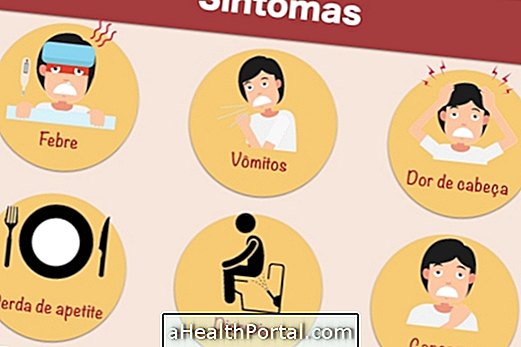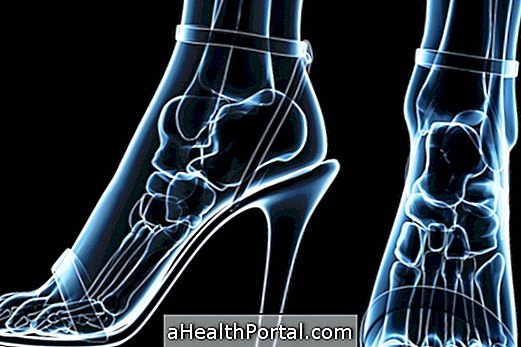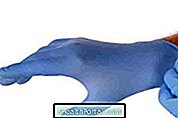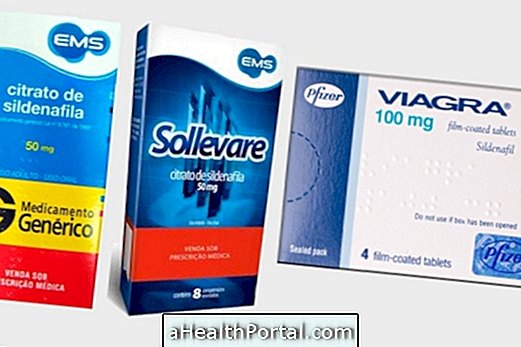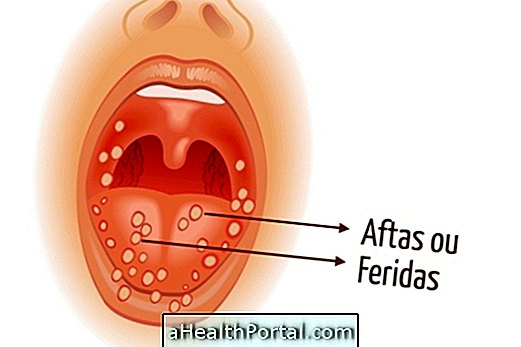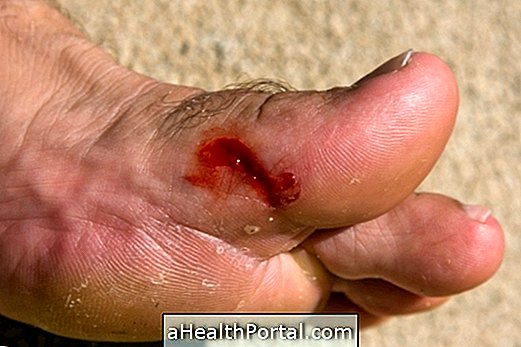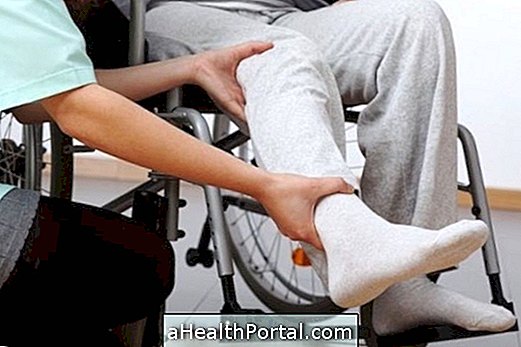The lumps that appear on the back are a kind of embossed structure that can be a sign of lipoma, sebaceous cyst, boil, and very rarely, cancer.
In most cases, a lump in the back is not cause for concern, however, if it grows, is painful or does not move to the touch, it is best to go to the doctor to avoid complications.
1. Lipoma
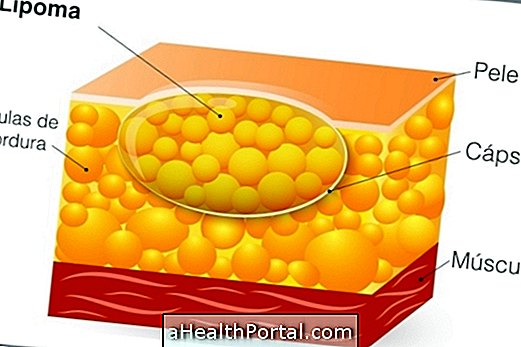
Lipoma is a rounded-shaped core genus composed of fat cells that grows on the skin and grows slowly. This type of lump usually does not hurt or degenerate into cancer. Learn how to identify lipoma.
How to treat
The treatment of lipoma consists of performing a removal surgery with local anesthesia. In the days following the surgery, an oil or a healing cream can be applied on the scar like cicatrene or bio-oil, for example.
Sebaceous cyst

The sebaceous cyst is a kind of lump that forms under the skin, which is composed of sebum. This type of lump is usually soft, can move to touch and usually does not hurt, unless it becomes inflamed and in these cases becomes red, hot, touch sensitive and sore, requiring medical treatment. Learn how to identify the sebaceous cyst.
How to treat
Usually no treatment is necessary for the sebaceous cyst. However, if it becomes uncomfortable, grows more than 1 centimeter in diameter or causes pain due to inflammation or infection, it should be removed through surgery, which can be performed in the doctor's office under local anesthesia. In addition, it may still be necessary to take an antibiotic about a week before to avoid infections.
If the cyst is not inflamed or does not cause discomfort, a good treatment that helps remove it is to put a 15-minute hot water bottle in the area, which promotes dilation and facilitates spontaneous removal of its contents.
3. Boils

The Furuncle consists of an infection in the root of the fur, which causes a reddish, hot and aching lump, with the presence of pus, resembling a spine, which usually disappears after a few days. However if the boil does not heal in two weeks, it is recommended to consult the dermatologist to treat the problem. Take the test to see if you have a boil.
How to treat
For the boil, you should take the area daily with antiseptic soap and water and apply compresses of warm water in the region, which help remove pus. If the problem persists, consult your dermatologist to start using antibiotic ointments such as Ictiol or Furacin, for example.
In addition, you should avoid squeezing or bursting the boil because it can aggravate the infection and spread it to other sites on the skin.
4. Cancer

In very rare cases, the appearance of a lump in the back may be a sign of basal cell carcinoma, which is a type of cancer that appears as small spots that grow slowly over time but do not affect other organs beyond the skin.
This type of cancer usually develops in places more exposed to sunlight and is characterized by a small elevation in the skin, with the appearance of a non-healing or bleeding wound that is whitish in color, where it may be possible to observe vessels blood. Learn more about this disease.
How to treat
The signs should be observed by a dermatologist and if necessary, he can perform a biopsy to assess if there are malignant cells.
The treatment consists of laser surgery or cold application at the lesion site to remove and remove malignant cells. After surgery, regular checkups should be done to see if the cancer continues to grow or if it has healed.
When surgery does not work, it may be necessary to have some radiotherapy or chemotherapy sessions.
When to go to the doctor
Generally, the appearance of a lump behind the back is no cause for concern, however, it is advisable to go to the doctor if the lump:
- Grow up;
- It is painful, red and warm to the touch;
- Be hard to touch and not move;
- Grow back after being removed.
In addition, if swelling of the sides of the neck, armpit or groin does not disappear over time, the doctor should also be informed.

